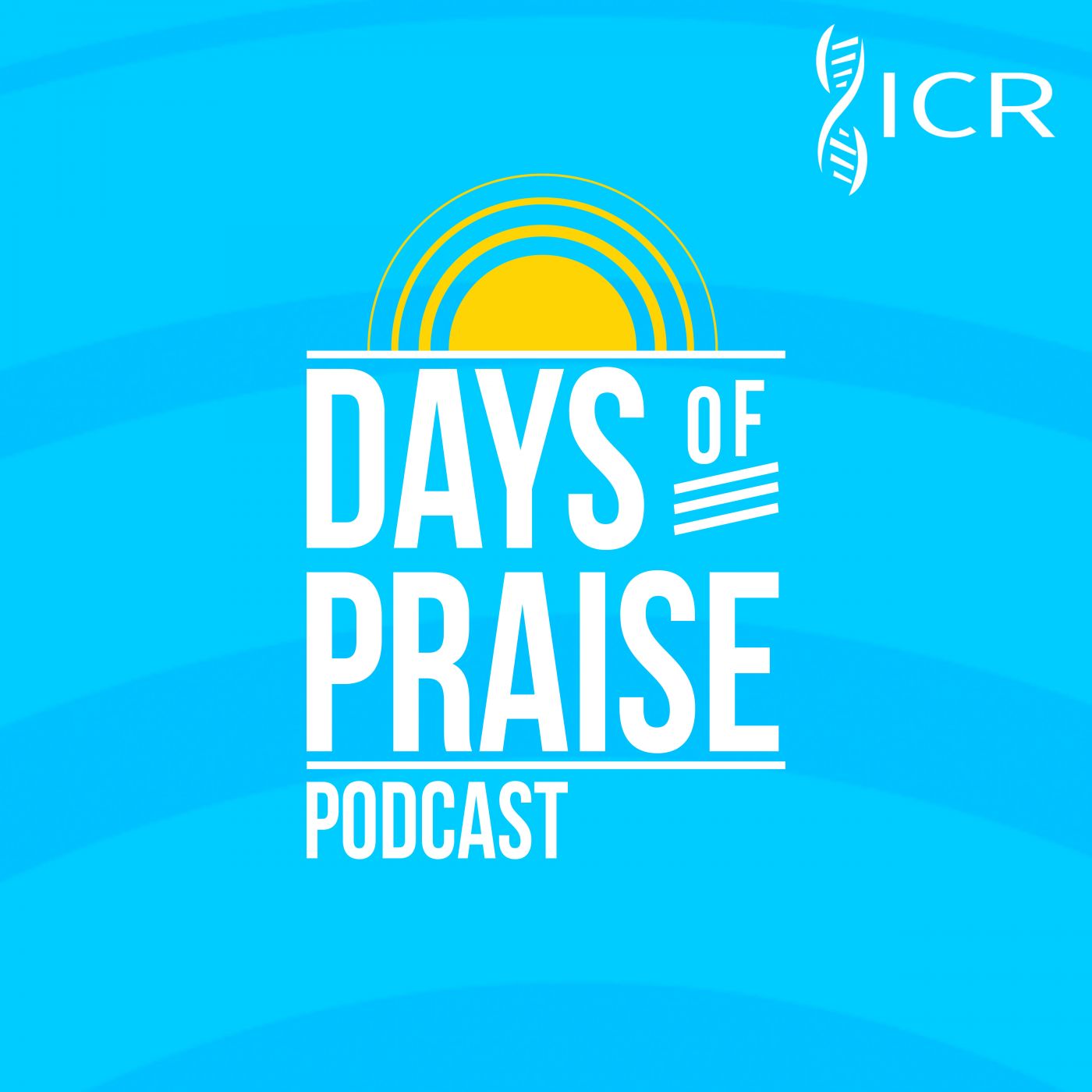“And God said unto Moses, I AM THAT I AM: and he said, Thus shalt thou say unto the children of Israel, I AM hath sent me unto you.” (Exodus 3:14)
This verse is part of an answer to Moses’ question of what to tell the Israelites when they ask for God’s name. Notably, this is the first time God introduces Himself like this in the Bible, and it takes place immediately before the pivotal event in which He delivers the children of Israel from the bondage of Egypt and brings forth the concept of blood redemption with the sacrificial Passover lamb. Instead of a grammatically proper name (e.g., Yahweh), Elohim introduces Himself with the repetition of the verb “to be” (haÌ‚yaÌ‚) connected by the particle of relation (asher, that) to form this sentence: “I Am That I Am.”
The two most dominant verbal forms in the Hebrew Bible are the perfect and imperfect, with the perfect typically indicating a completed action. As opposed to the perfect, the imperfect represents actions, events, or states that are continuing, in the process of accomplishment, or just now taking place. Profoundly, Elohim uses the imperfect form of hâyâ to describe Himself in this powerful declaration of who He is at this key point in biblical history.
In other words, Elohim is not just the Creator and sovereign God of past history, He is our active, all-powerful God of the present and future. Our Creator-Redeemer-Deliverer, the Lord Jesus Christ, employed this same power-packed theme with His series of “I am” declarations in the gospel of John, underscoring His role as “Alpha and Omega, the beginning and the ending…which is, and which was, and which is to come, the Almighty” (Revelation 1:8). JPT
 Days of Praise Podcast is a podcast based on the Institute for Creation Research quarterly print devotional, Days of Praise. Start your day with devotional readings written by Dr. Henry Morris, Dr. Henry Morris III, Dr. John Morris, and others to strengthen and encourage you in your Christian faith.
Days of Praise Podcast is a podcast based on the Institute for Creation Research quarterly print devotional, Days of Praise. Start your day with devotional readings written by Dr. Henry Morris, Dr. Henry Morris III, Dr. John Morris, and others to strengthen and encourage you in your Christian faith.

























